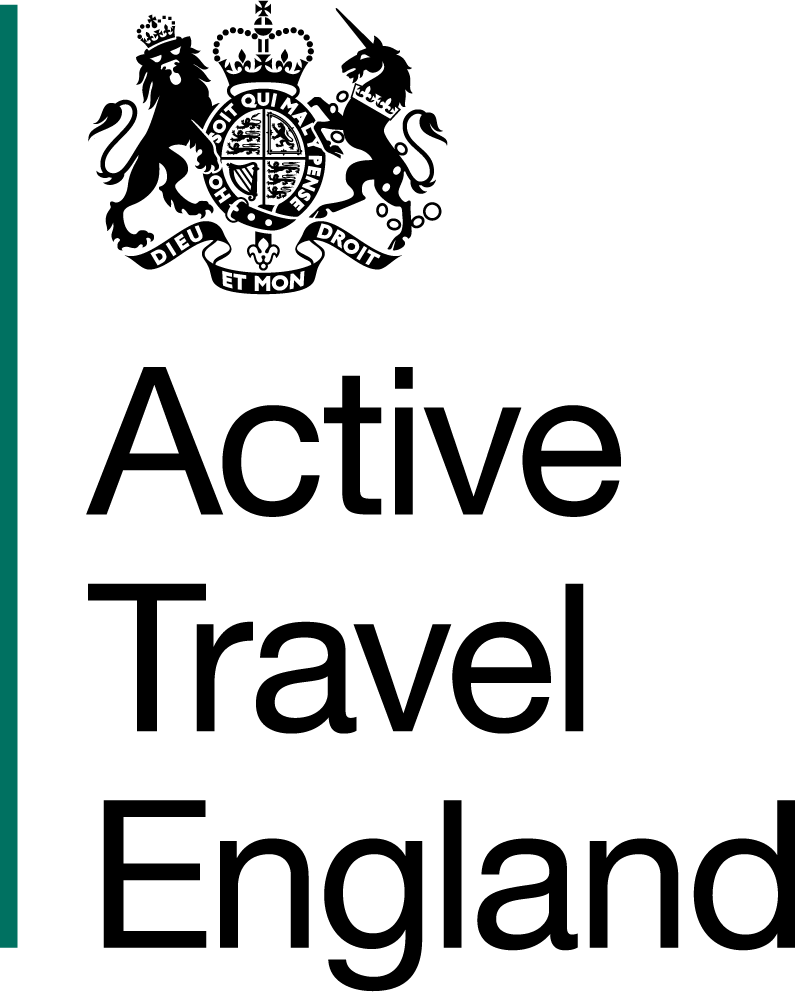Browse the Cycle Training Delivery Guide
- 1. Glossary
- 2. Welcome
- 3. Introduction
- 3.1. Why should I use this guide?
- 3.2. How to use this guide
- 3.3 The National Standard for Cycle Training
- 3.4. The Highway Code
- 3.5. Use of language
- 3.6. What will I teach?
- 3.6.1 Independent decision making
- 3.6.2 Mindset – sharing the road
- 3.6.3 The four key skills (core functions)
- 3.6.4 Observation: Being aware of surroundings and the actions of others
- 3.6.5 Position: Choosing and maintaining the most appropriate place to ride
- 3.6.6 Communication: Being able to communicate intentions clearly
- 3.6.7 Priorities: Following priority rules in line with the Highway Code
- 3.7. Practising routines when cycling
- 3.8. Activity checklist
- 4. Training principles
- 5. Effective delivery
- 5.1. Planning and preparation
- 5.2. Active learning
- 5.3. Demonstrations
- 5.4. Teaching strategies
- 5.4.1 Communication
- 5.4.2 Introducing the session – aims and expectations
- 5.4.3 Learning their names
- 5.4.4 Setting responsibilities
- 5.4.5 Managing groups
- 5.4.6 Managing groups on road
- 5.4.7 Group management – top tips
- 5.4.8 How to carry out assessments of riders
- 5.5. Working with children
- 5.6. Training in different environments
- 5.7. Inclusive delivery
- 6. Risk Benefit Assessment (RBA)
- 6.1. Pre-training risk assessment (formal RBA)
- 6.2. Risk assessment during training (dynamic RBA)
- 6.3. Reducing risk during training
- 6.4. Managing emergency situations
- 7. Moving riders
- 7.1. Moving groups of riders
- 7.2. Strategy 1: snaking
- 7.3. Strategy 2: shepherding
- 7.4. Doubling up
- 7.5. Moving groups by walking
- 8. The Bikeability Programme
Home > Cycle Training Delivery Guide > 5. Effective delivery > 5.4. Teaching strategies
5.4. Teaching strategies
To manage a group well, you need excellent communication skills, planning and positivity. Remember that these sessions could be an unfamiliar and challenging learning experience for some pupils. They need to have confidence and trust in you as a leader.
The teaching strategies in this section will help you to keep your training sessions running smoothly. They are also designed to make sure that all riders have the opportunity to learn and participate equally.
